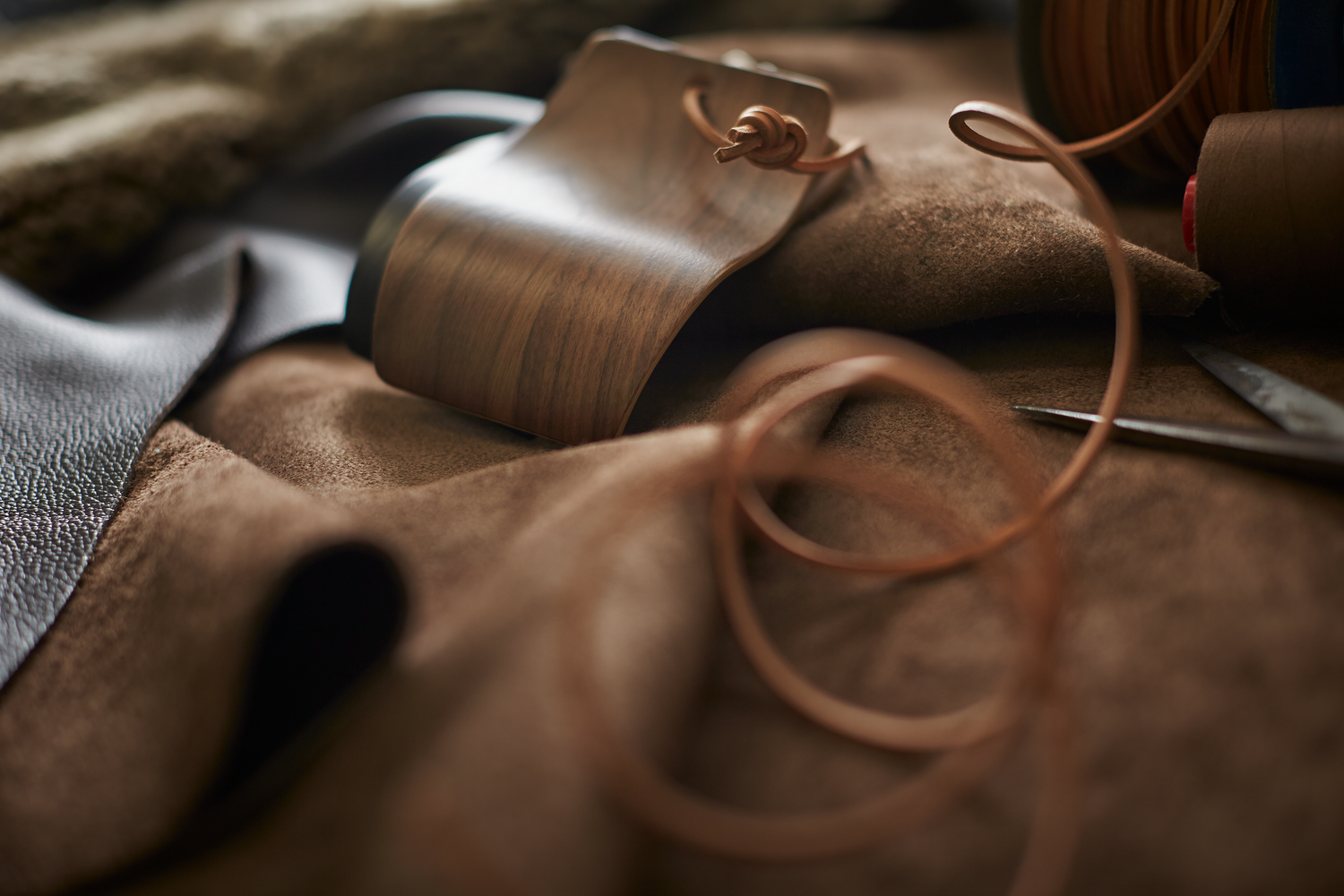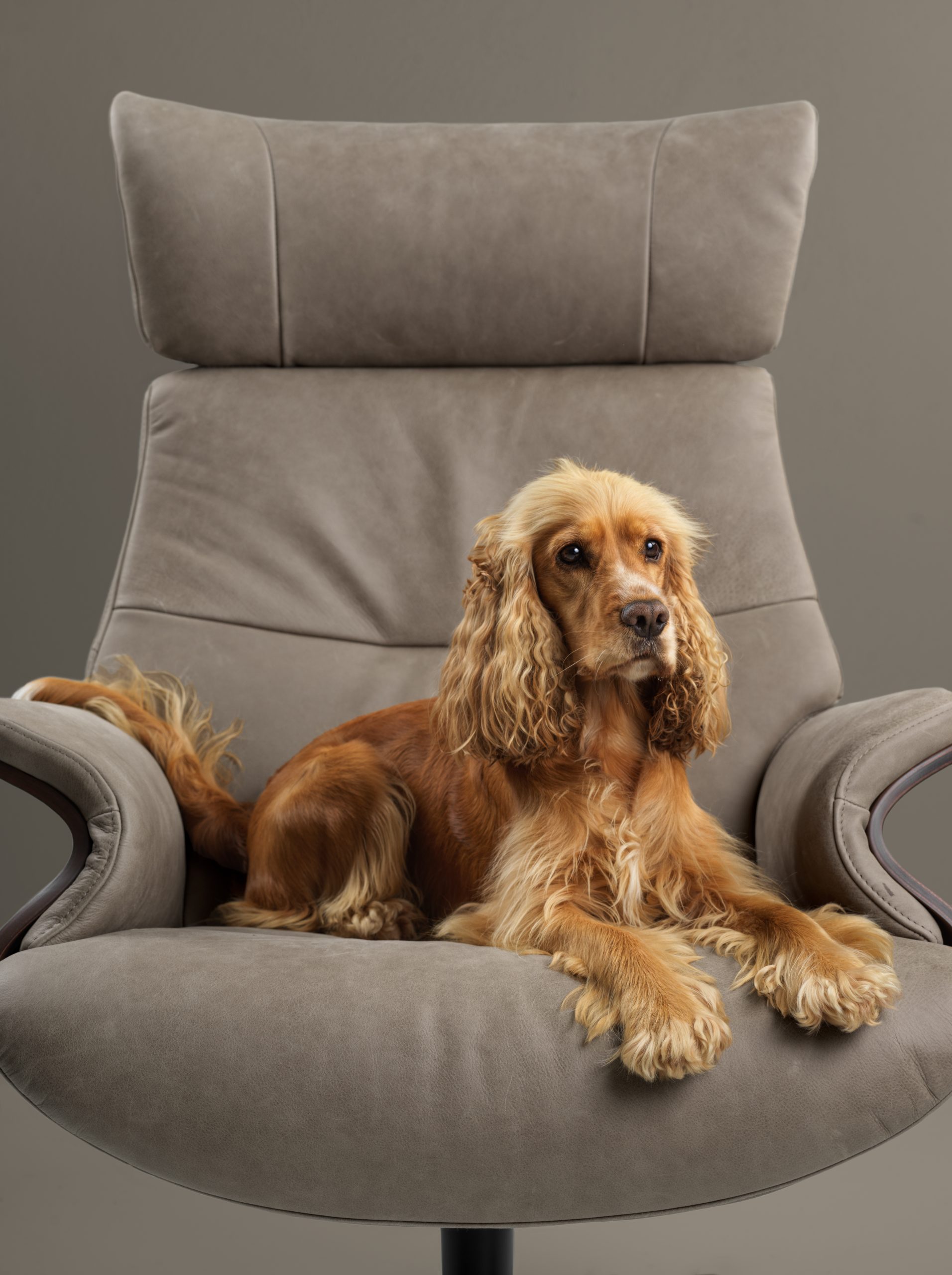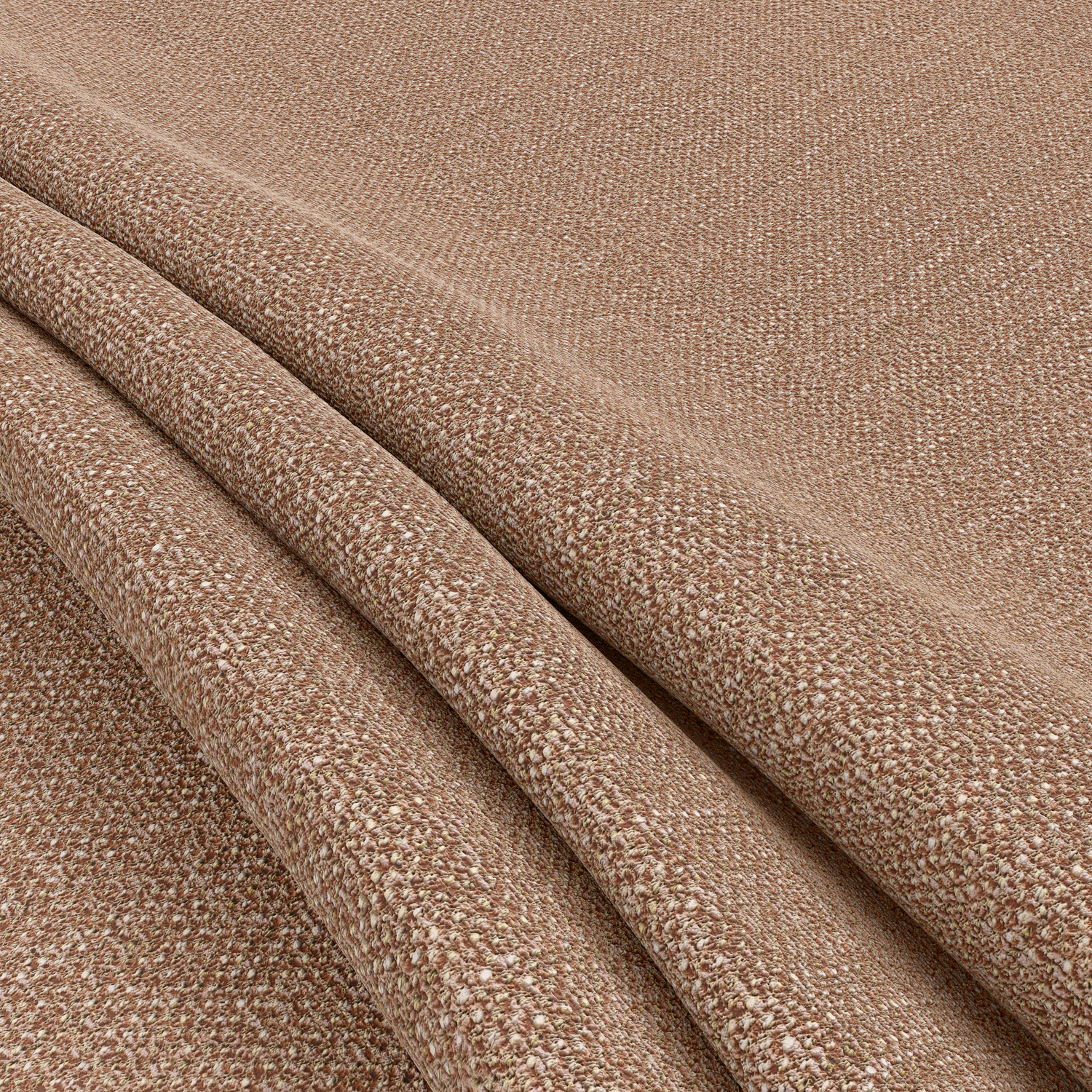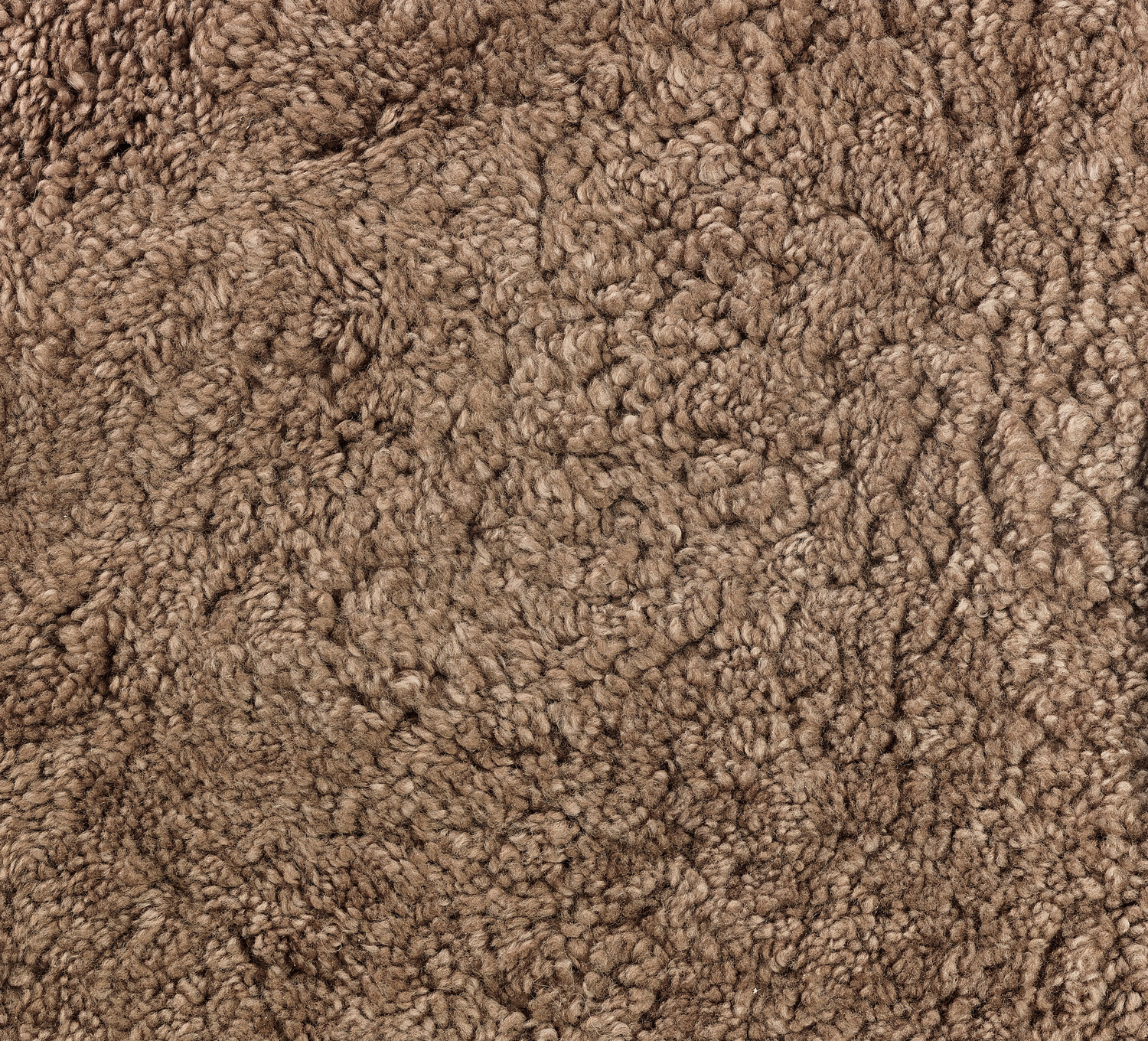
Pflege dein Möbelstück
Pflege dein Möbelstück, denn wie alles im Leben wird auch dein Sessel im Laufe der Zeit sein Aussehen und sein Gefühl verändern. Daher haben wir eine Liste mit Ratschlägen zusammengestellt, die berücksichtigt werden sollten, um dein Sessel so sorgenfrei und unkompliziert wie möglich zu halten – damit ihr viele Jahre glücklich zusammen leben könnt.

Lerne dein Möbelstück kennen.
Bei deinem neuen Sessel wird der Bezug zunächst ziemlich straff sein. In den ersten ein oder zwei Monaten ist es nicht ungewöhnlich, dass man einige neue Falten sieht, wo der Bezug sich dehnt. Dies ist normal und passiert, wenn sich die Materialien anpassen und sich an deine Sitzgewohnheiten gewöhnen. Nach dem ersten Monaten, abhängig von der Nutzung, haben sich die Materialien aneinander angepasst und die Dehnung von dort aus wird in geringerem Maße erfolgen.
Stoffe und Leder
Erfahre mehr über die verschiedenen Stoff- und Lederarten in unserem Sortiment.
Stoff.
Schütze dein Möbel vor direkter Sonneneinstrahlung und platziere es nicht zu nah an einer Wärmequelle. Staubsauge regelmässig. Für die Pflege von Stoff siehe Stoffpflegeprodukte in deinem Möbelhaus. Behandeln Sie Flecken immer sofort, wenn sie auftreten, und befolgen Sie die für Ihren Stoff geltenden Anweisungen. Legen Sie saugfähiges, ungefärbtes Papier oder Stoff unter den Fleck auf dem Stoff. Vermeiden Sie es, direkt auf dem Stoff zu reiben, da dies zu Farbverlust und Bruch führen kann. Möblerna ska alltid hållas i normal inomhustemperatur.

Leder.
Leder ist ein lebendiges, natürliches Material, das bei richtiger Pflege mit der Zeit schöner wird. Verschiedene Lederarten haben unterschiedliche Pflegehinweise. Informieren Sie sich, welche Art von Leder Sie gekauft haben, und wenden Sie sich bei Bedarf an Ihr nächstgelegenes Möbelhaus, um Ratschläge zu den geeigneten Lederpflegeprodukten zu erhalten. Sollten Sie sich entscheiden, eines dieser Produkte zu verwenden, kann sich die Farbe des Leders leicht verändern; dies wird jedoch mit der Zeit wieder verschwinden. Schützen Sie das Möbelstück vor direkter Sonneneinstrahlung und stellen Sie es nicht zu nahe an eine Wärmequelle.

Schaffell
Unser SChaffell stammt aus Australien. Wir verwenden nur Schafe der Rasse Crossbred, welche eine hohe Qualität garantieren. Das Leder wird nach hohen Standards aufbereitet und gefärbt, sowohl in Bezug auf Umweltaspekte, als auch auf die Tierhaltung. Menschen mit Pelzallergien können das Produkt verwenden. Unsese Farbmuster sind als Indikator zu verstehen. Variationen im Farbton und in der Wollstruktur kommen natürlicherweise vor.

